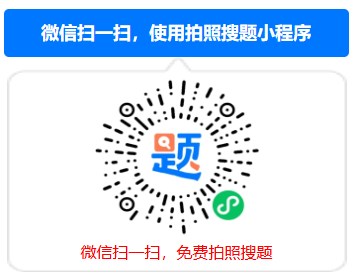单项选择题
Text 1
| Every newborn baby is dealt a hand of
cards which helps to determine how long he or she will be allowed to play the
game of life. Good cards will help those who have them to have a long and
healthy existence, while bad cards will bring to those who have them terrible
diseases like high blood pressure and heart disease. Occasionally, cards are
dealt out that doom their holders to an early death. In the past, people never
knew exactly which cards they had been dealt. They could guess at the future
only by looking at the kind of health problems experienced by their parents or
grandparents. Genetic testing, which makes it possible to find dangerous genes, has changed all this. But, until recently, if you were tested positive for a bad gene you were not obliged to reveal this to anyone else except in a few extreme circumstances. This month, however, Britain became the first country in the world to allow life insurers to ask for test results. So far, approval has been given only for a test for a fatal brain disorder known as Huntington’s disease. But ten other tests (for seven diseases) are already in use and are awaiting similar approval. The independent body that gives approval, the Department of Health’s genetics and insurance committee, does not have to decide whether the use of genetic information in insurance is ethical. It must judge only whether the tests are reliable to insurers. In the case of Huntington’s disease the answer is clear-cut. People unlucky enough to have this gene will die early, and cost life insurers dearly. This is only the start. Clear-cut genetic answers, where a gene is simply and directly related to a person’s risk of death, are uncommon. More usually, a group of genes is associated with the risk of developing a common disease, dependent on the presence of other genetic or environmental factors. But, as tests improve, it will become possible to predict whether or not a particular individual is at risk. In the next few years researchers will discover more and more about the functions of individual genes and what health risks — or benefits — are associated with them. |
Health authorities allow insurers to use genetic information for the purpose of
- A.improving genetic testing technology.
B.safeguarding patients’ interests.
C.promoting disease prevention,
D.reducing insurance payments.
点击查看答案&解析
相关考题
-
单项选择题
It was stated in astrology that
A.the stun is so distant from us that it was hard to follow its motion.
B.the motion of the sun is similar to the revolution of the earth around the sun.
C.the motion of the sun is at the rate of about thirty degrees every week.
D.the sun was moving westward around the sky. -
单项选择题
The expression “separate the wheat from the chaff in the teaching profession” is closest in meaning to
A.distinguish better teachers from less capable ones.
B.differentiate young teachers from old ones.
C.tell the essential qualities of good teaching.
D.reevaluate the role of senior teachers. -
单项选择题
Read the following text. Choose the best word (s) for each numbered blank and mark A, B, C or D on ANSWER SHEET 1.3()
A.time
B.point
C.aspect
D.instance



